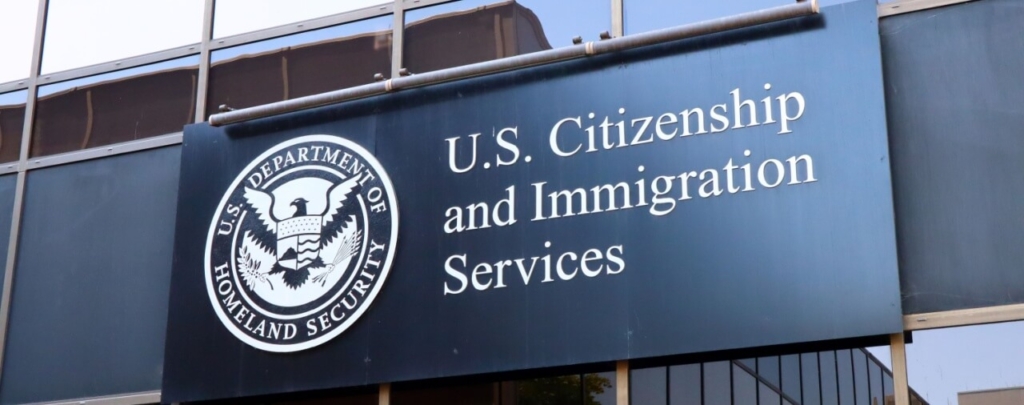On March 21, 2017, the Department of Homeland Security (DHS) released a document titled “Fact Sheet: Aviation Security Enhancements for Select Last Point of Departure Airports with Commercial Flights to the United States” [link]. In the document, the DHS announced that it will require that passengers traveling to the United States from the following 10 airports will be required to place all personal electronic devices larger than a cell phone or smart phone in checked baggage:
Queen Alia International Airport (AMM);
Cairo International Airport (CAI);
Ataturk International Airport (IST);
King Abdul-Aziz International Airport (JED);
King Khalid International Airport (RUH);
Kuwait International Airport (KWI);
Mohammed V Airport (CMN);
Hamad International Airport (DOH);
Dubai International Airport (DXB); and
Abu Dhabi International Airport (AUH).
The DHS explains that the enhanced aviation security enhancements will only affect the foregoing 10 airports when they serve as the last points of departure to the United States. Airliners will be notified in advance when they are affected.
The DHS notes that electronic devices larger than a cell phone or smart phone will not be allowed to be taken onto airliners as carry-on luggage or be otherwise accessible in flight. However, there will be an exception for necessary medical devices that are larger than a cell phone or smart phone after they are pre-screened. The DHS listed examples of large electronic devices that would be required to be checked:
Laptops;
Tablets;
E-Readers;
Cameras;
Portable DVD players;
Electronic game units larger than a smartphone;
Travel printers/scanners.
The DHS makes clear that there will be no such restrictions on flights departing the United States.
The DHS issued an additional document to provide further clarification on the new screening rules, titled “Q&A: Aviation Security Enhancements for Select Last Point of Departure Airports with Commercial Flights to the United States” [link].
In Q/A13, the DHS makes clear that the restrictions on flying with large electronic devices are not dependent on one’s immigration status. This means that the restrictions will apply equally to United States citizens, lawful permanent residents, and nonimmigrant aliens.
In Q/A1-3, the DHS explains that the new policy is being made in response to certain threats that the United States Government has become aware of. In Q/A6, the DHS leaves open the possibility that more airports could be affected. In Q/A7, the DHS states that the new procedures will remain in place until the threat status changes.
It is important to restate that these new rules do not implicate any immigration laws or entail any immigration restrictions. However, they are worth keeping in mind for individuals — U.S. citizens and non-citizens alike — who are planning to travel directly to the United States from one of the 10 affected airports.





